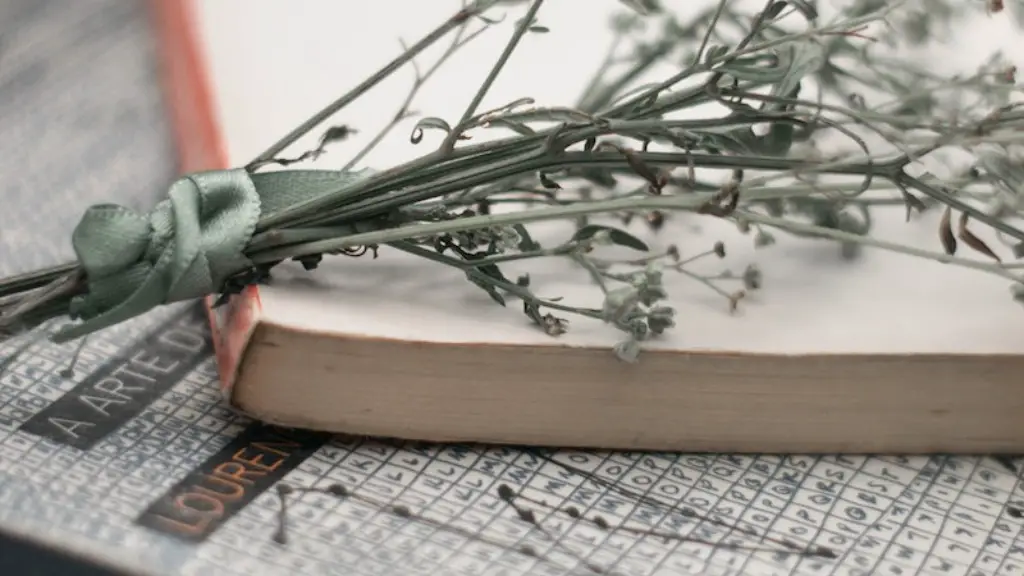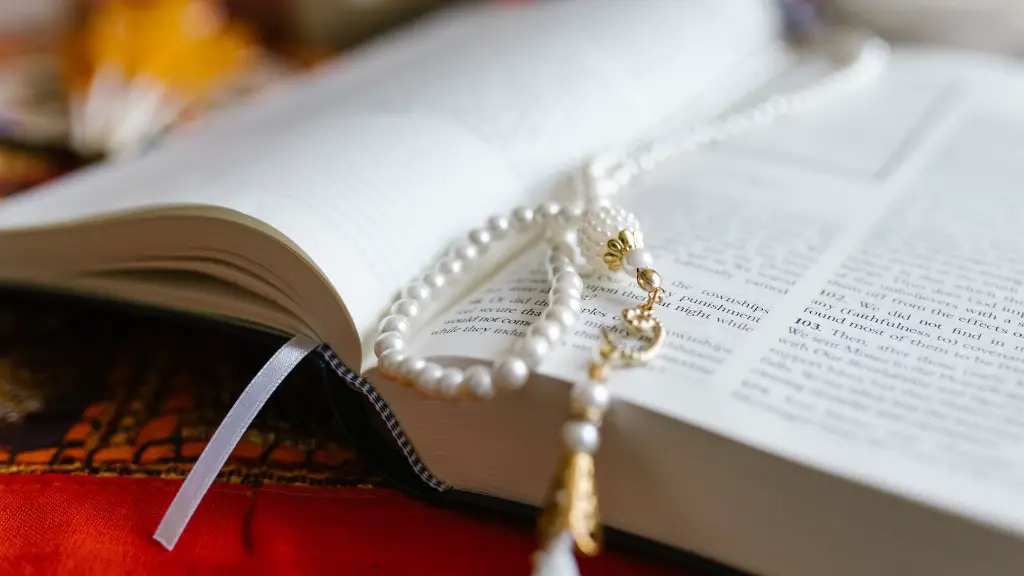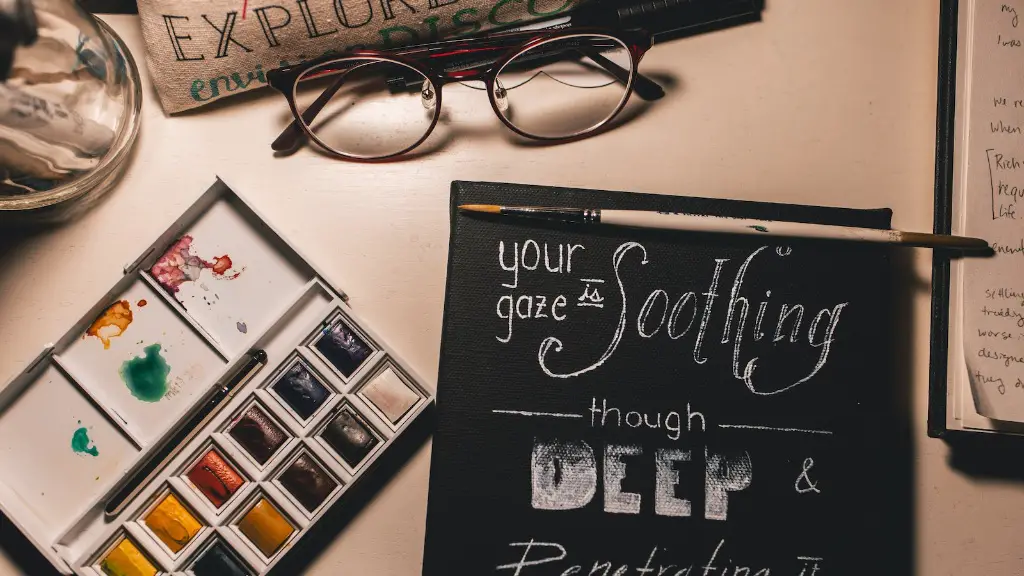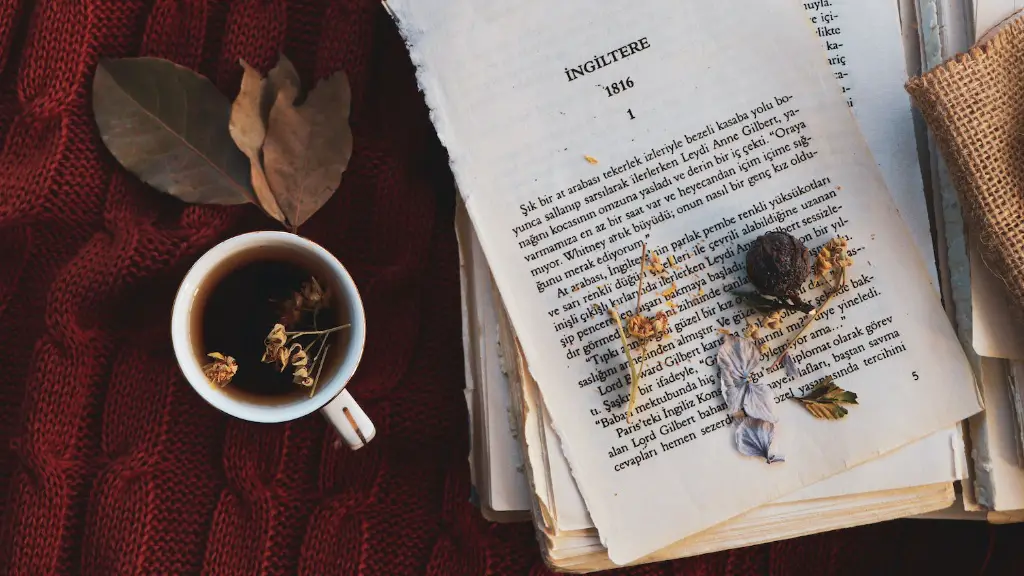Repetition in Poetry Examples
Repetition by definition is the noun of the verb to repeat, and it simply means to say or do something once again. In poetry, this can mean restating a words or lines, repeating a poetic device or even repeating the same meter. Repetition in poetry is a literary device where several words, phrases or lines are repeated. To make the poem enjoyable, unique and interesting, repetition of certain words, phrases and stanzas make the poem memorable.
The repetition of lines could be used to emphasize a certain message that the writer would want the reader to understand. It draws the reader’s attention by making them recognize the significance of a certain phrase or word. By repeating a line or phrase, it is easier for the reader to remember the poem. It also serves to emphasise the importance of the message in the poem.
In some poems, the words become almost like a mantra. Repetition helps in establishing a rhythm and pattern that easily catch the reader’s ear. This engaging soundscape is something that readers look for when reading a poem. Repetition of words and phrases also adds musicality to the poem and changes the meaning of the text.
By adding new connotations, the repeated words and phrases call to mind different ideas and images in the readers head. This helps to create vivid images and gives the poem more depth. The use of repetition in a poem helps to evoke a sense of emotion within the reader. When a poet uses repetition, they induce the reader to feel a certain way through the poem.
The use of repetition in a poem can help to unify the different parts of the poem. The poem can be structured in such a way that it brings together the different parts of the poem, enabling a flow between the parts and helping to cement the meaning.
Repetition is a very important tool in poetry and is used widely. Repetition of words or phrases also gives a poem a certain unique style which readers appreciate and enjoy. Repetition can also be seen in the structure of poetry, and it is a powerful way to convey a message.
Introduction to Different Types of Repetition
Repetition in poetry can manifest in a number of ways. The most common method is repeating a single word or phrase several times. Repetition of words and phrases helps to signify a certain point that the poet wants to make clear to the reader and helps to advise, engage and strike a chord with the audience.
A second method of repetition, known as anaphora, uses the repetition of the beginning of lines or stanzas. Anaphora is often used to create a sense of rhythm in the poem and to form a long, steady and powerful flow. Additionally, anaphora can be used to create a pattern of linked ideas in a poem.
Thirdly, repetition can be applied to the structure of a poem. This can be done by repeating certain stanzas, themes and motifs, as well as by repeating particular poetic devices such as alliteration or assonance. Repetition of the structure of a poem serves to emphasise the important messages conveyed in the poem, as well as to add a sense of unity to the poem.
Finally, repetition is also seen in the use of rhyming words. Rhyming words can be used to give a poem a certain flow and rhythm, as well as to emphasise certain messages within the poem. Many poems rely on a rhyme scheme which is often an indicator of the poet’s feelings and style.
Examples of Repetition in Poetry
A good example of repetition can be found in the work of William Wordsworth, who wrote “The World Is Too Much With Us”. In this poem, Wordsworth repeats the line “The world is too much with us” at the beginning and end of each stanza; this serves to emphasise the main point of the poem. Another example of repetition can be found in “A Poison Tree” by William Blake. In this poem, the phrase “I was angry” is repeated 4 times, which adds emphasis on the emotion of anger.
Additionally, an example of anaphora can be found in Rudyard Kipling’s poem “If”. In this poem, Kipling starts several of the lines with the word “If”, which helps to create a sense of flow in the poem as well as to emphasise the importance of the different points he tries to convey. Lastly, an example of rhyme can be seen in “The Rime of the Ancient Mariner” by Samuel Taylor Coleridge. In this poem, several words are repeated in each stanza, which helps to create a pattern and rhythm in the poem.
Different Uses of Repetition in Poetry
Repetition in poetry can be used for a variety of purposes. It can be used to emphasise a certain point that the poet is trying to convey, to add emphasis to certain emotions or to create a certain flow in the poem. It can also be used to create a certain pattern or structure in the poem, as well as to create a sense of unity between the different ideas and motifs.
Repetition can also be used to create a lyrical effect or in order to provide the poem with a certain rhythm. This serves to engage the reader and to add an extra layer of meaning to the poem. By paying attention to the repetition of certain words and phrases, the reader can gain a deeper understanding of the poet’s intentions and message.
Examples of Repetition in Different Contexts
Repetition is used in a variety of different contexts, primarily in literature, music, and speech. In spoken language, repetition is used to convey certain points in a clear and concise manner. It helps to communicate the ideas being conveyed, as well as to emphasise certain points. In literature, repetition is used as a rhetorical device to add emphasis to certain points, as well as to evoke certain feelings and emotions.
Repetition is also used in music to create a certain feeling or emotion. It is used to give a sense of context to the music and can also be used to add a certain rhythm and pattern. Repetition is an important tool in music, and it helps to create a cohesive and engaging soundscape.
The Importance of Repetition in Poetry
Repetition in poetry can be an important tool in conveying the poet’s message and intent. By repeating certain words and phrases, the poet can evoke certain emotions, emphasise certain points and add a certain flow and rhythm to the poem. Repetition adds an extra layer of meaning to the poet’s text, as well as helping to engage and inspire the reader.
The use of repetition in poetry helps to structure the poem and to give it a certain pattern and flow. It also helps to create a sense of unity between the different ideas and motifs in the poem, as well as strengthening the messages that the poet tries to convey. Repetition in poetry is an important tool, and it is one that writers should use in order to add depth and nuance to their work.
Conclusion
Repetition in poetry is a powerful tool that can be used to evoke certain feelings and emotions in the reader, as well as to emphasise certain points and to create a certain structure and flow. Different forms of repetition can be used, such as the repetition of words or phrases, the repetition of a poetic device or the repetition of a rhyme. Repetition is an important literary device and one that writers should look to use in their work in order to add depth and layers of meaning.




